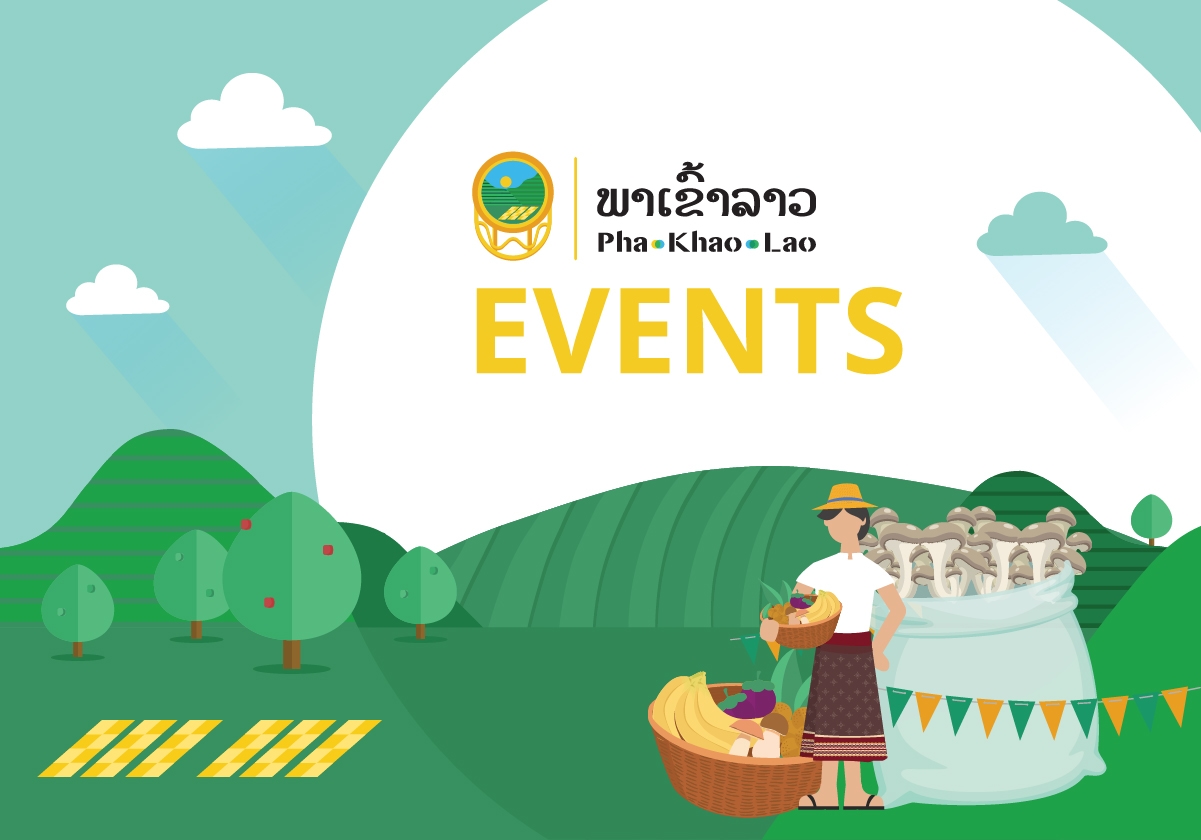
National Workshop on
Lao Forest Honey: a unique local product supporting forest conservation and local development
Communities all throughout Laos collect and manage forest honey whether from natural hives or boxes placed in the forest by villagers[1]. The honey provides supplementary income to farmers and is used in local medicine and food. Throughout Asia, forest honey is seen as a healthier and medically beneficial option compared to commercially produced honey using raised bees. Honey is also an important indicator species for agro-biodiversity health. Where there are wild honey bees, there is often healthy and diverse agriculture and forest biodiversity.
The government of Lao PDR considers honey as a Non-Timber Forest Product (NTFP) which can clearly demonstrate the linkages between forest and environmental conservation efforts and local livelihood development of farmers. Forest honey is also being promoted in a number of countries including Vietnam, Philippines, Indonesia and India. As such, it is an emerging topic of interest in ASEAN’s community forest enterprises or CFEs through the ASEAN working group on social forestry.
In 2017, a national honey marketing study was carried out[2] to better understand the prospects and challenges in developing Lao forest honey into a regionally recognized product. It was found that there was great potential for natural forest honey. Overall, Lao Forest honey fetches a higher price than commercially produced honey from regional neighbours and there is a growing interest both from domestic companies and regional purchasers for Lao Forest honey. Likewise, there is still much untapped potential. It is estimated that at least one thousand two hundred (1,200) tons of forest honey can be produced in protected forests of Lao PDR, valued at 5.19 Million USD at local level. Currently it is estimated that only 20-30 tons are being produced per year.
Some key issues that have been raised include:


